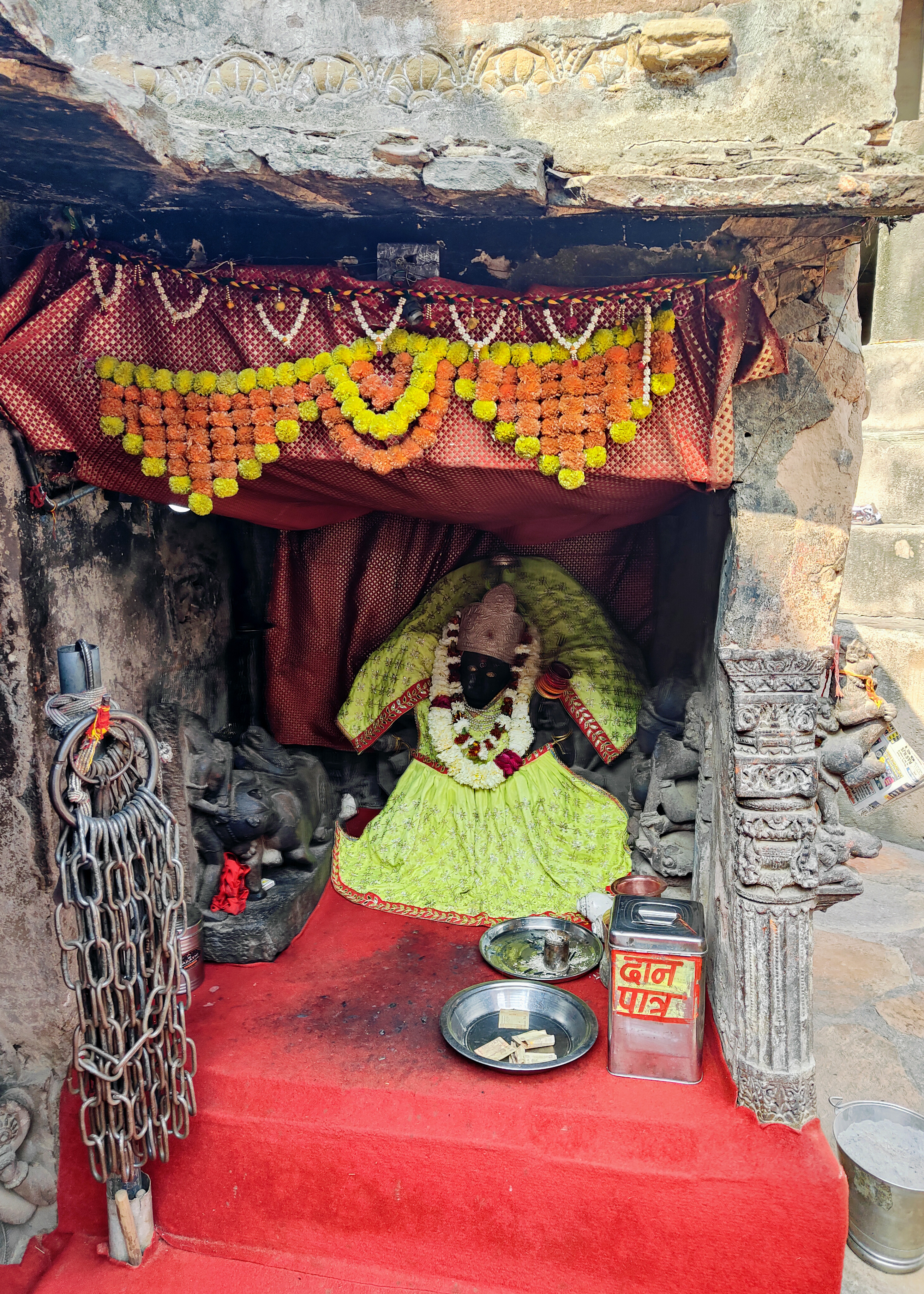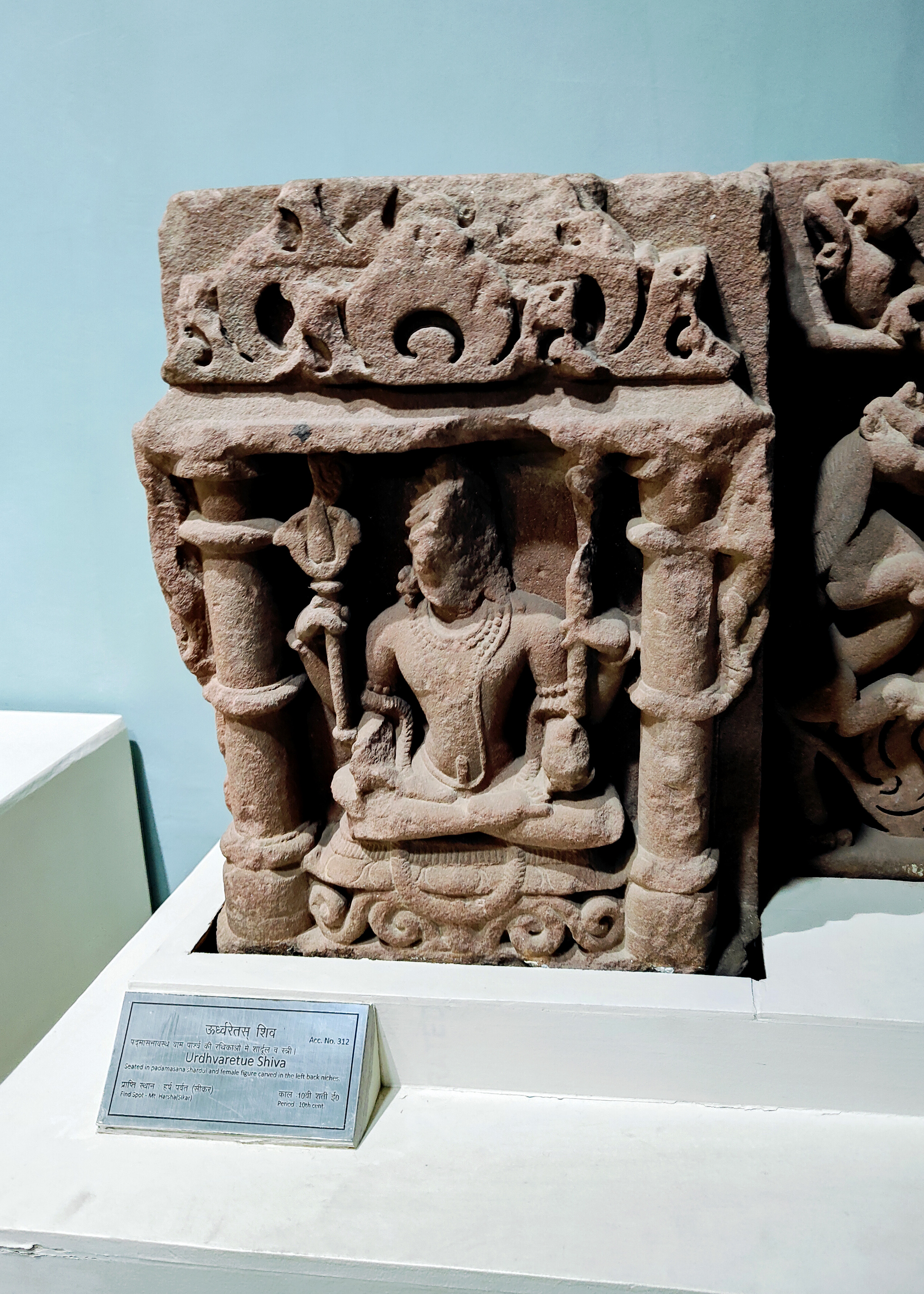Religious Layers at the Hill of Lord Harsha
By Anchit Jain
भिन्नावृत्यं समस्तं भवति हि भुवनं यस्य नृत्ते प्रवृत्ते
स श्रीहर्षाभिधानो जयति पशुपतिर्दत्तविश्वानुकंपः ।।
After bowing down to Lord Ganesha, the destroyer of obstacles, the poet of the famed Harshnath stone inscription (V.S. 1030; 957 CE) of the Chauhan King Vigraharaja IV, dedicates the next ten verses to the glory of Lord Shiva. This inscription, also the most important document of the early Chauhan history, was engraved on a large slab of black stone that was found on the porch of a 10th-century dilapidated Shiva temple, the Harshnath Temple (Image 1), located on Harsha Hill in Sikar, Rajasthan. The lord is adored in the inscription as Harsha Shambhu, and so are the temple and the hill on which it is located, which was named after him. The subsequent verses record the dynastic history of the patron Chauhan dynasty and their devotion to Lord Harsha, hailed here as their family deity or the kula devata. The Shaiva ascetics of the Lakulisa-Pashupata tradition likely built the original temple of Harsha in the early ninth century, re-erected it in the mid-10th century, and dedicated several verses to celebrate their ascetic virtues, worldly-detachment, tapas (ascetic practice), and devotion to Lord Pashupati, another name for Lord Harsha as the hill. The Shaiva-Pashupata tradition clearly enjoyed dominance at the hill. (v 28-46) A careful reading of verse 7 between the lines suggests there were rather two temples dedicated to God Harsha, one on the hill and another down below. [1]
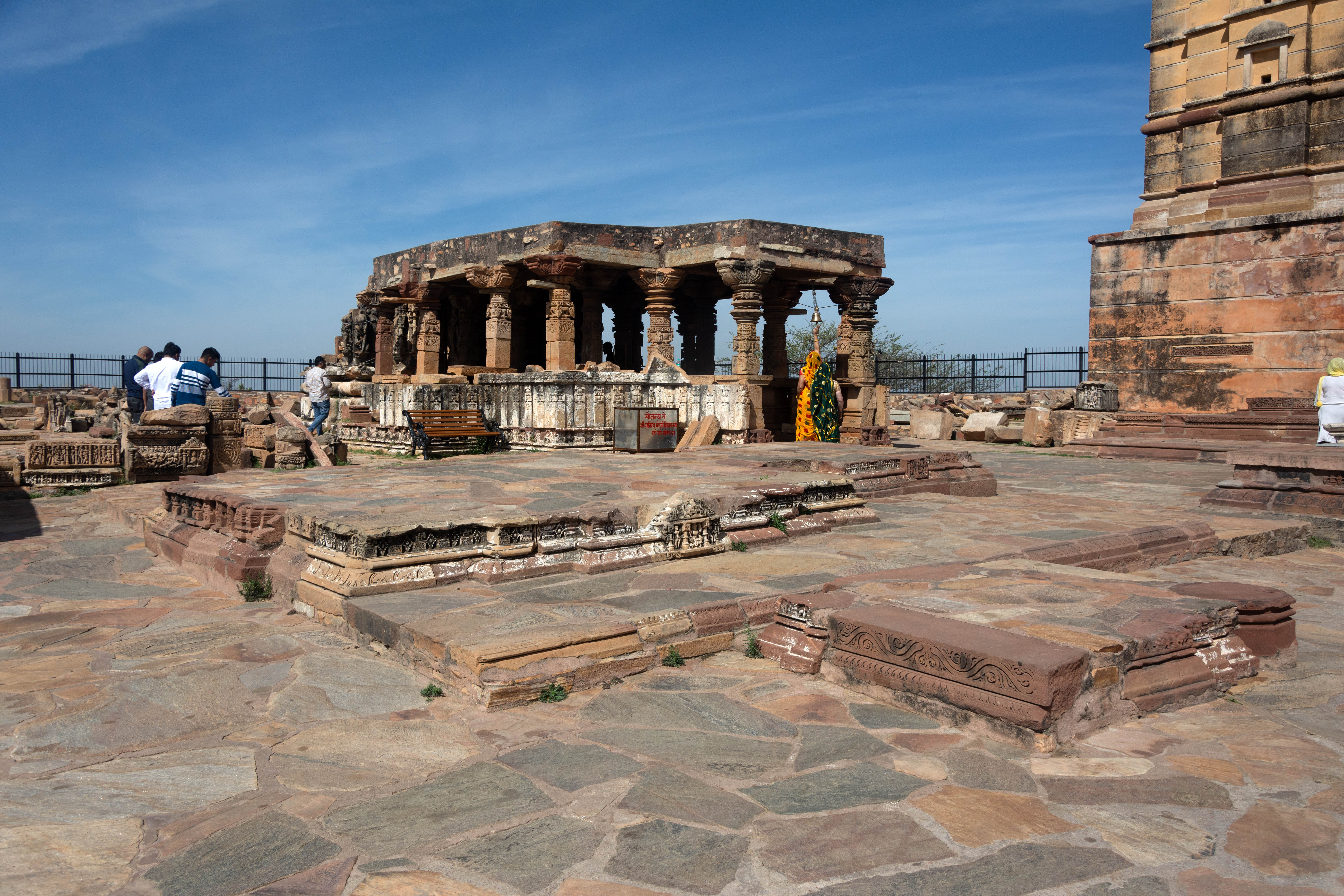
What the inscription fails, or perhaps intentionally omits, is the presence of several shrines dedicated to different Brahmanical deities, as corroborated by the archaeological remains at the site. Several minor shrines surround the principal shrine, in total ruin, with only their base courses remaining and lacking any particular order of symmetry and proportions. [2] (Image 2) Therefore, the complex's design never included a Pachayatan-style main temple with four subsidiary shrines at each of the four corners. Elizabeth Cecil has noted the remains of at least twelve temple foundations. Some of these foundations date back to the main shrine, while others were still under construction until the 11th century CE. [3] This photo essay aims to highlight the diverse religious layers behind the overwhelming Shaiva mood of the complex, decoding the archaeological layers and focussing on how the Shaiva domination was visually and symbolically articulated at the site.
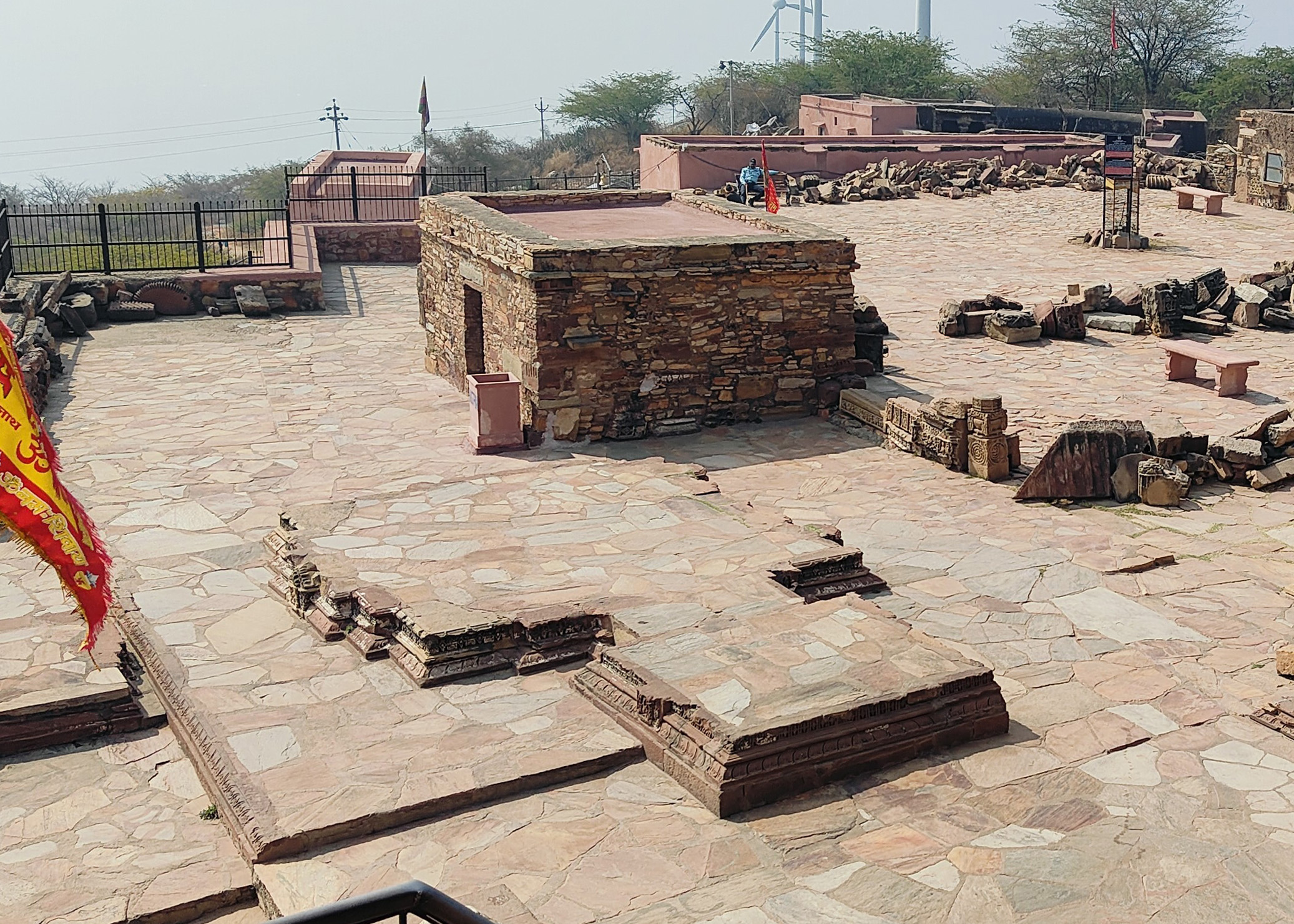
While the Harshnath Temple was the epicentre of the sacrality of the site, it was dotted with shrines dedicated to the Vaishnav, Surya, Shakta, and likely also the Ganapatya traditions. Surprisingly, one of the earliest sculptures found at the site is not Shaiva, but an independent sculpture of Surya, the Sun God, now placed in a masonry shelter near the Harsha Bhairav Temple on the hill Ambika Dhaka. This sculpture dates to the 8th century CE. [4] (Image 3) The sculpture significantly predates the construction of the Harshnath Temple in the second half of the 10th century. The Harshnath stone inscription records the devotion of an early founding figure of the Chauhan line, Guvaka I, a local chieftain and feudatory of the powerful imperial Pratihara dynasty, who lived roughly during the first quarter of the ninth century CE. The inscription does not clarify whether Guvaka himself erected a humble shrine to Lord Harsha, later re-erected in the second half of the 10th century, or if such a shrine already existed on the hill and Guvaka simply worshipped him, establishing royal connections with the already existing cultic figure, Harsha. (v 13) While the Shaiva association with the hill could have preceded Guvaka’s time, the much older association with Surya worship on the hill is certain.
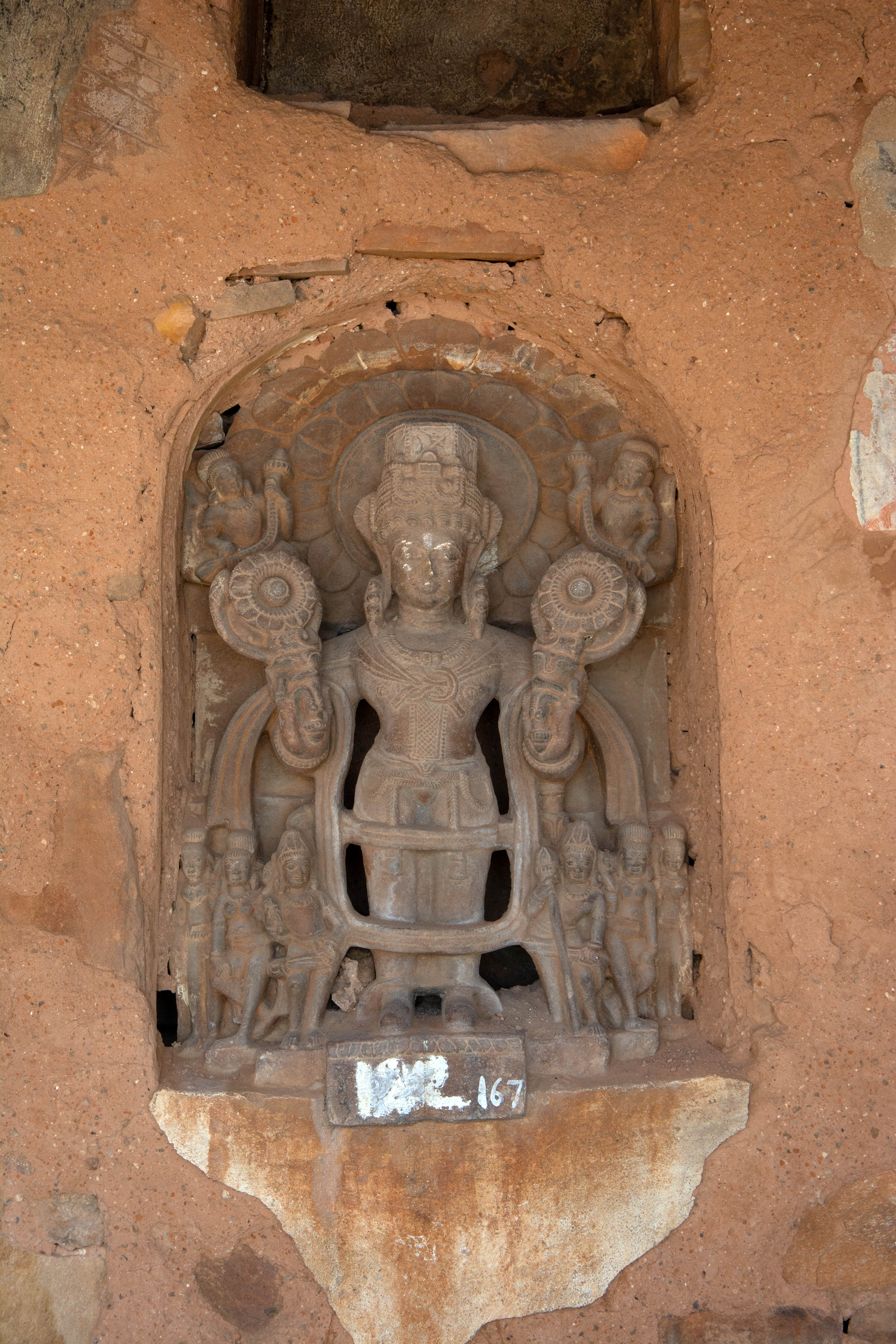
The temple dedicated to the Sun God continued to be built in subsequent centuries, as evidenced by a majestic sculpture of Surya, now housed in the Akbari Fort and Museum, Ajmer, dating roughly to the late 10th century CE. (Image 4) The sculpture, arguably one of the finest at the site, appropriately portrays the radiant glow of the majestic Sun God through a halo in the form of a fully bloomed lotus. Another sculpture depicts Surya in a trio alongside Ganesha and Chandra, potentially representing a large panel of the navagraha, or nine planets (Image 5). An extremely rare image of Chhaya, one of Surya's wives, is now placed in the storeroom of the Archaeological Survey of India (ASI) at Harsha Hill, further solidifying the maturity of the Surya tradition at the hill. Her iconography closely resembles that of her husband, but a distinctive feature of this image at Harsha Hill, noted by Elizabeth Cecil, is that she holds a trident in one of her left hands. The inclusion of the trident, otherwise uncommon in Surya images, suggests a visual link between Chhaya and Shiva, as the signature attribute of Shiva. [5] The coexistence of Shiva and Surya at Harsha becomes historically significant. While Surya had a long association with the hill, as did Shiva, the shared space significantly tilted in favour of the latter at least from the ninth century onwards, and Shiva gradually became the epicentre of the hill’s sacredness and part of the royal cult.
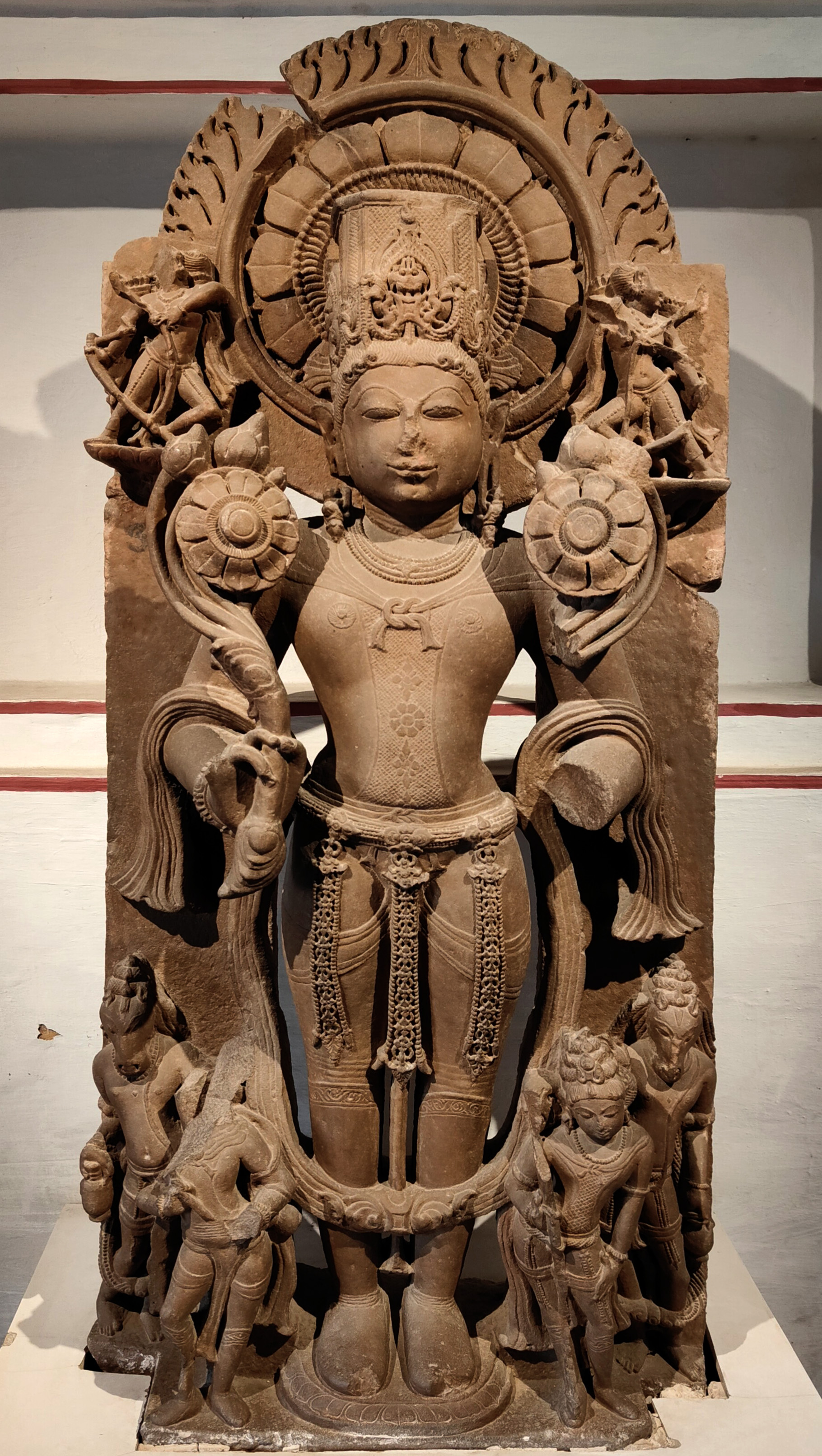
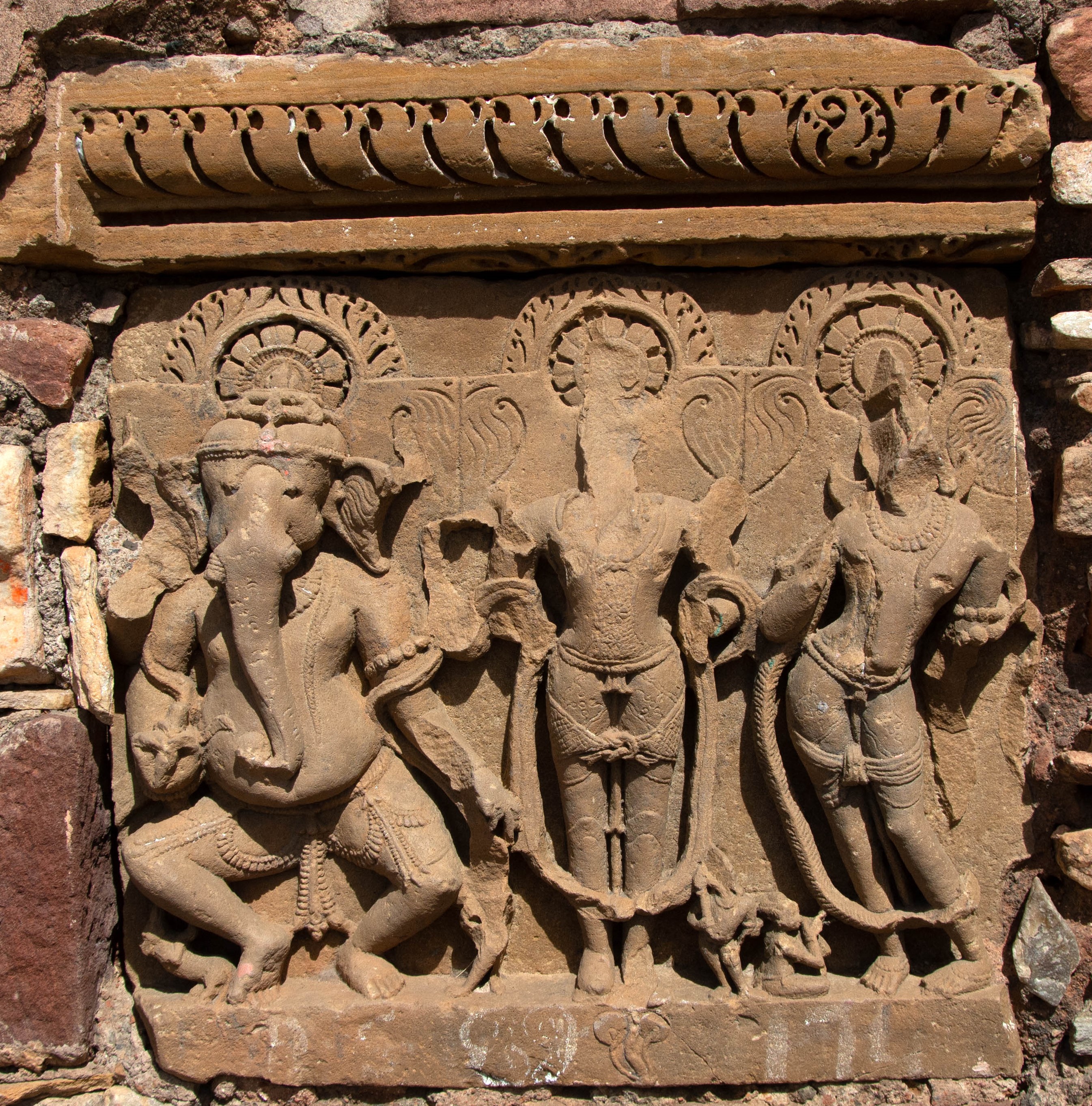
Despite the Harsha temple complex's overall Shaiva inclination, the hill once housed multiple Vaishnava temples, none of which the Harsha temple inscription records. Elizabeth Cecil identified three displaced temple lintels deposited within courtyards at the site, in which Vishnu appears as the central deity, suggesting the presence of at least three Vaishnava temples at the hill. [6] This is further corroborated by the findings of several independent Vaishnava images, like the image of Shesasayi Vishnu or Vishnu reclining on the serpent Lord Shesa, now placed in the Government Museum, Sikar. (Image 6) One image particularly relevant to understanding the Vaishnava presence at the site is the image of Vaikuntha Vishnu, which reveals the presence of the Pancharatra [8] form of Vaishnavism at Harsha Hill. (Image 7) Pancharatra had spread to various regions of Rajasthan from the 8th century CE onwards, with its most visible manifestations in temples like the Harshatmata Temple of Abhaneri. This image reveals its spread, even if in a limited manner, up to the Shekhavati region. The Akbari Fort and Museum in Ajmer houses an important image of Shiva as lingodhbhav-murti, commemorating the Shaiva domination at the hill. (Image 8) depicts Shiva as the fiery pillar at the center of the panel, with the dejected duo of Brahma and Vishnu on either side, symbolizing their failure to reach the end of the fiery pillar.
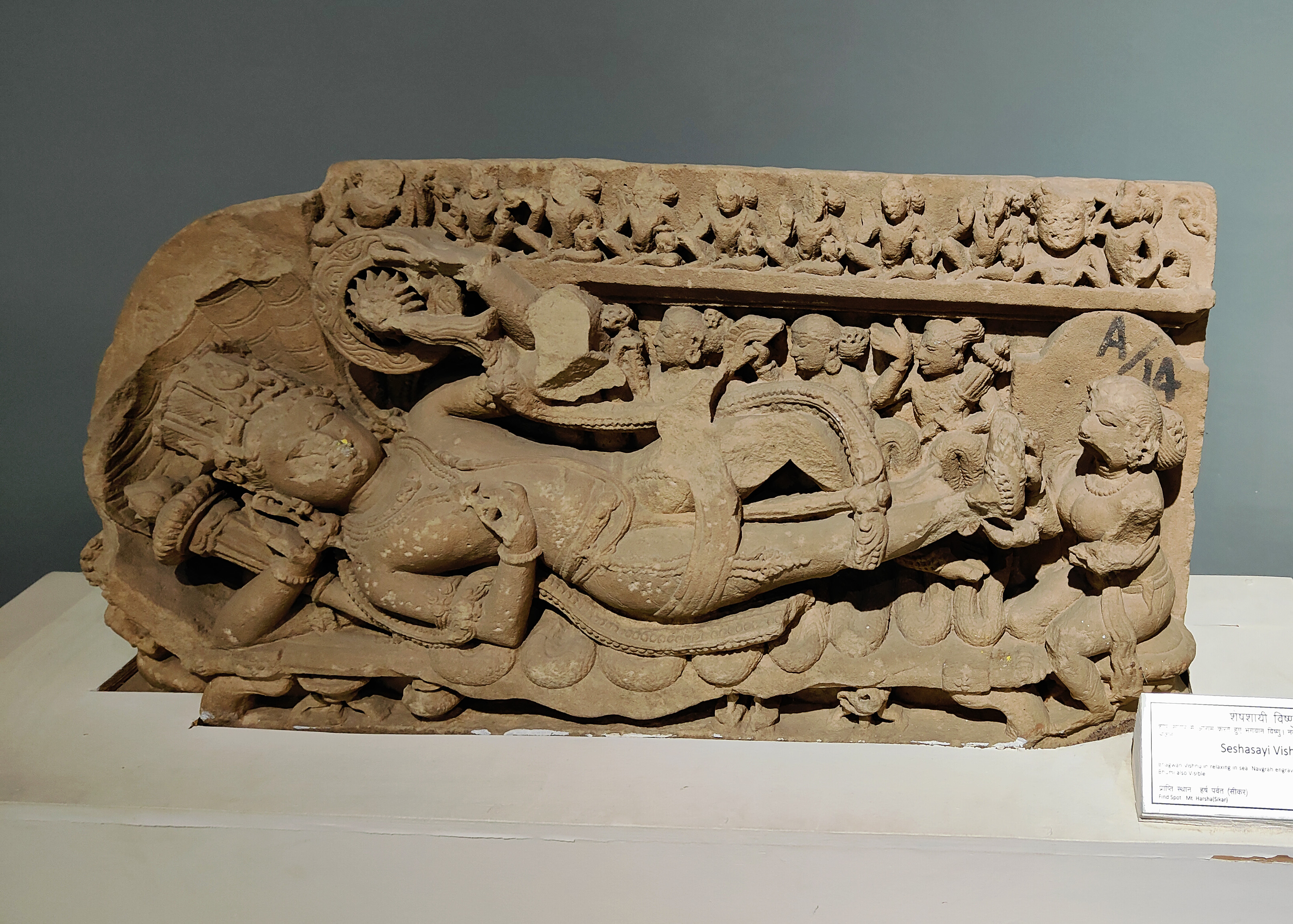
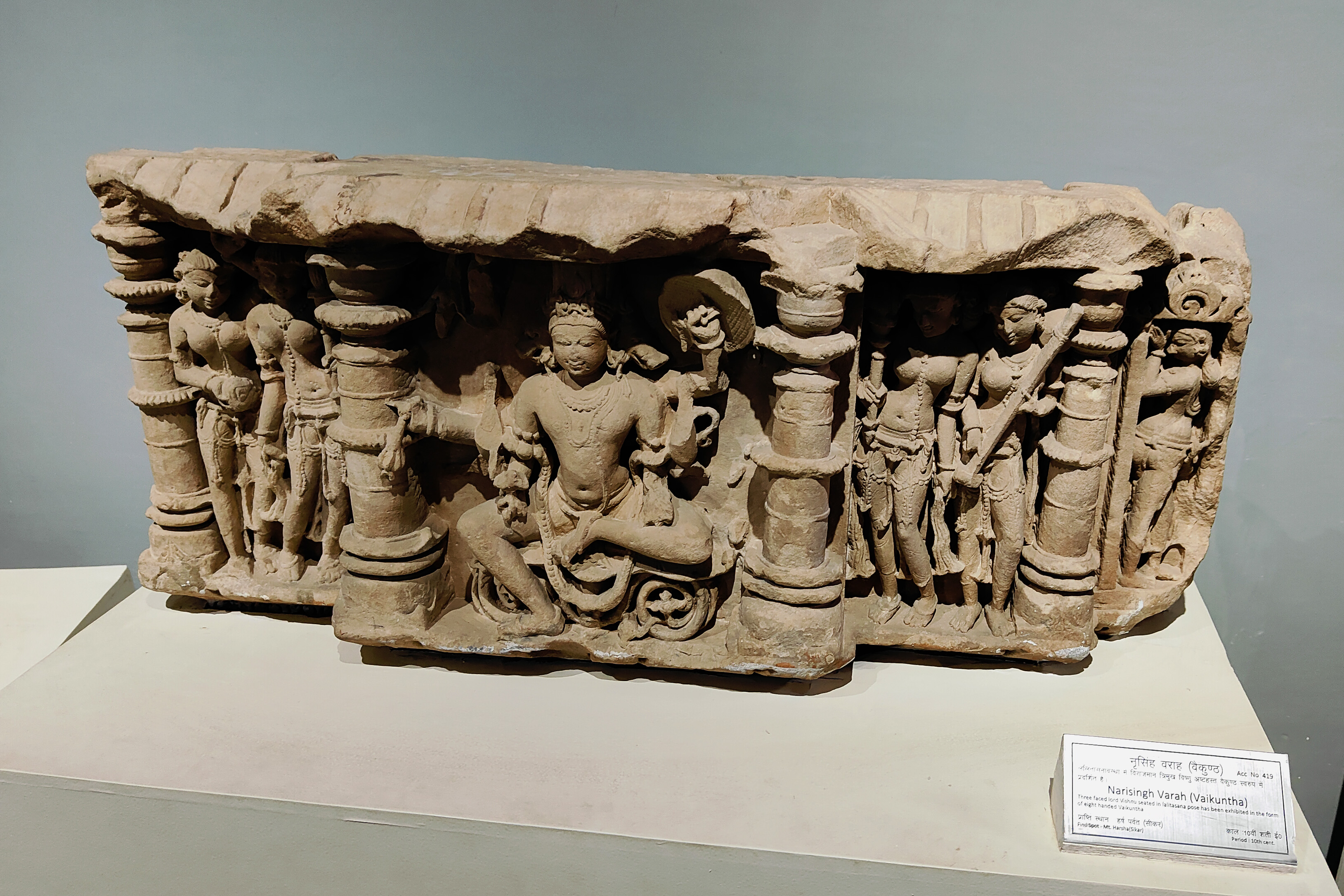

The site significantly depicted Goddess Shakti, Shiva's counterpart, in her various manifestations. Shiva held a central position in the sanctum as a linga resting on a yoni, while beautiful sculptures of nayikas (female dancers) encircled Shakti as Parvati or Vikata on the principal wall. (Image 9) Similarly, images of Parvati and apsaras (celestial damsels) adorn the pillars of the mandapa (pillared hall) on all four sides. (Image 10) In the enclosure of the nearby Bhairon shrine, just outside its sanctum, her independent image in the form of Durga Mahishasuramardini is still in active worship. (Image 11) The site has revealed several independent yogini figures, suggesting the existence of a lost yogini temple compound. (Images 12, 13, and 14)
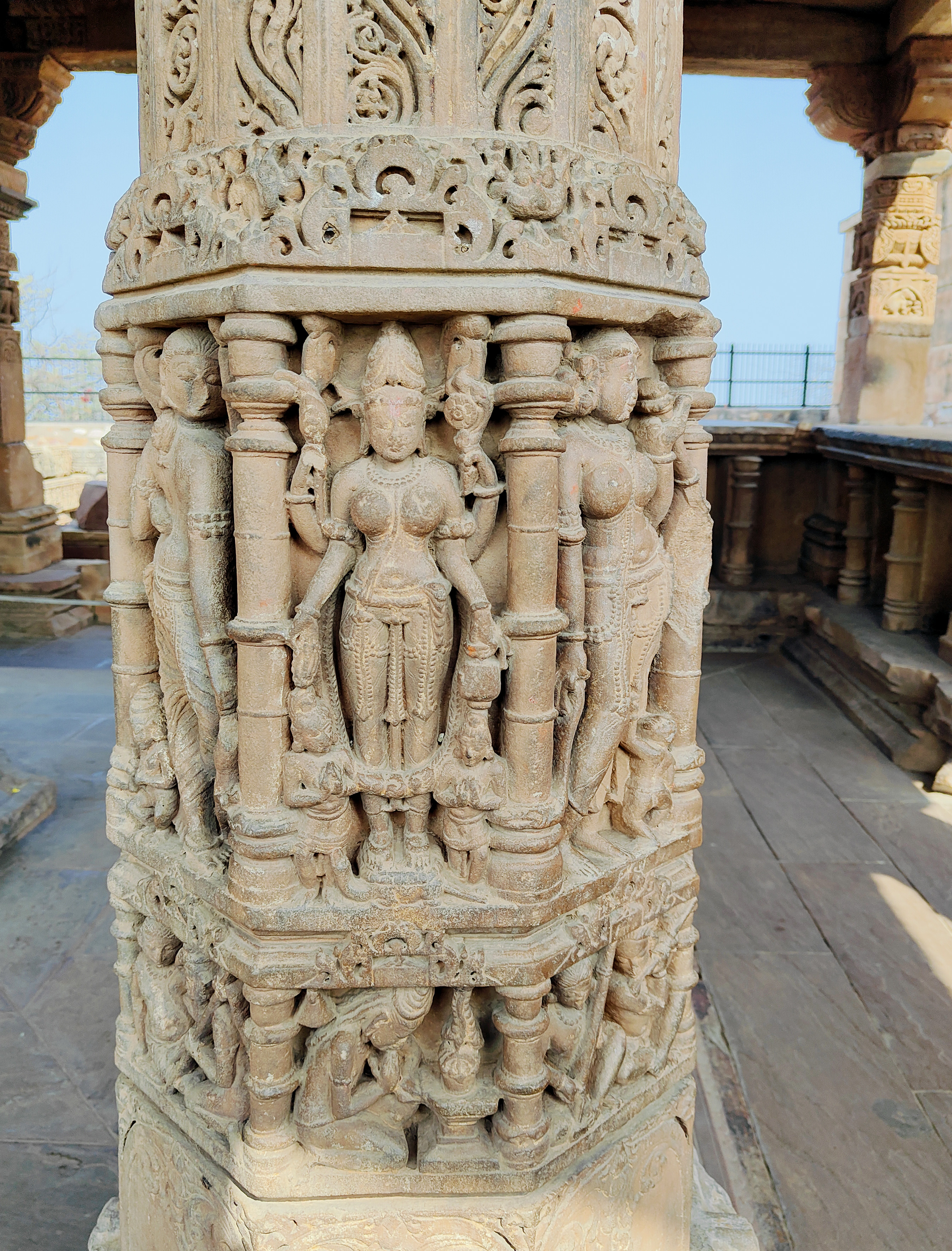
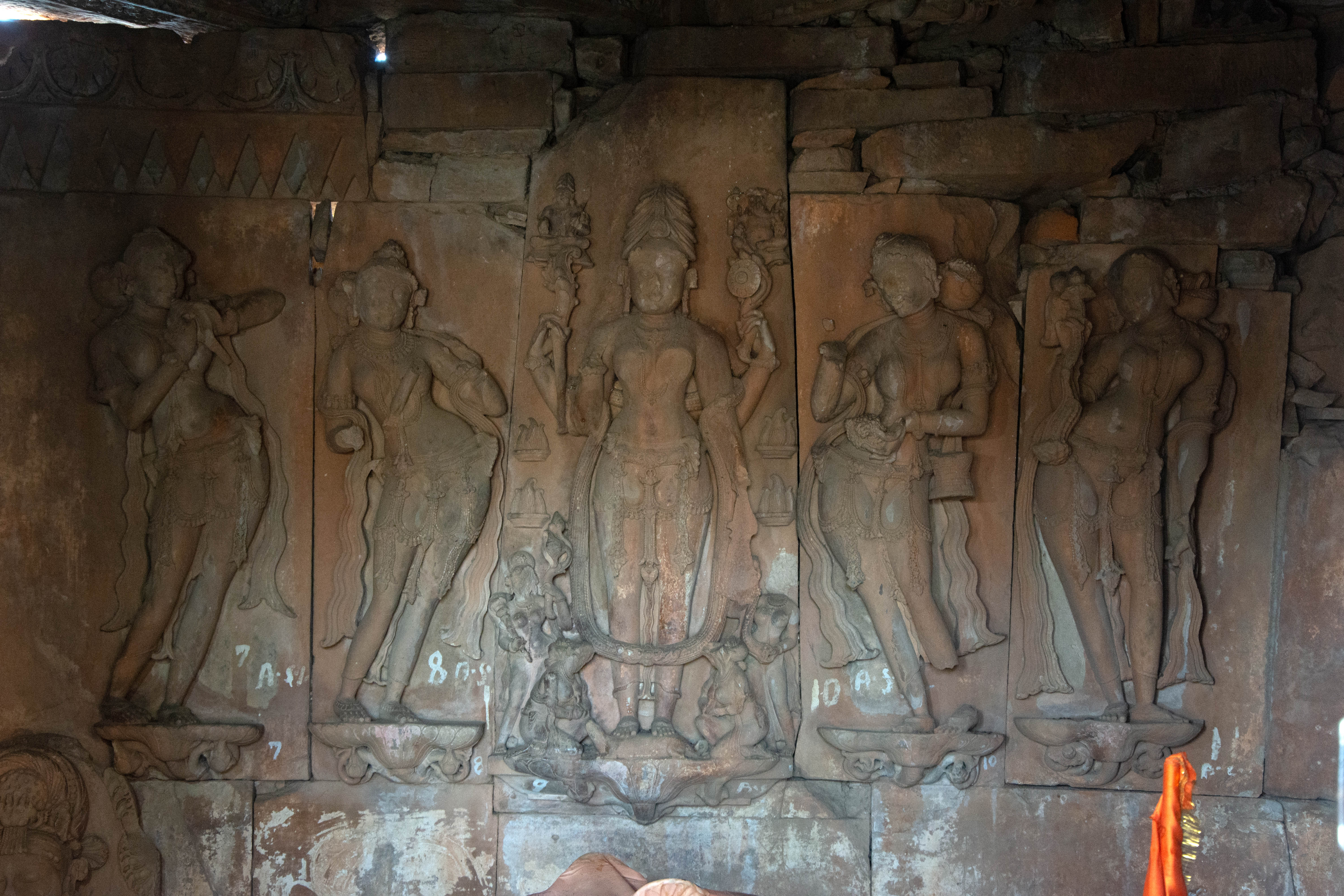
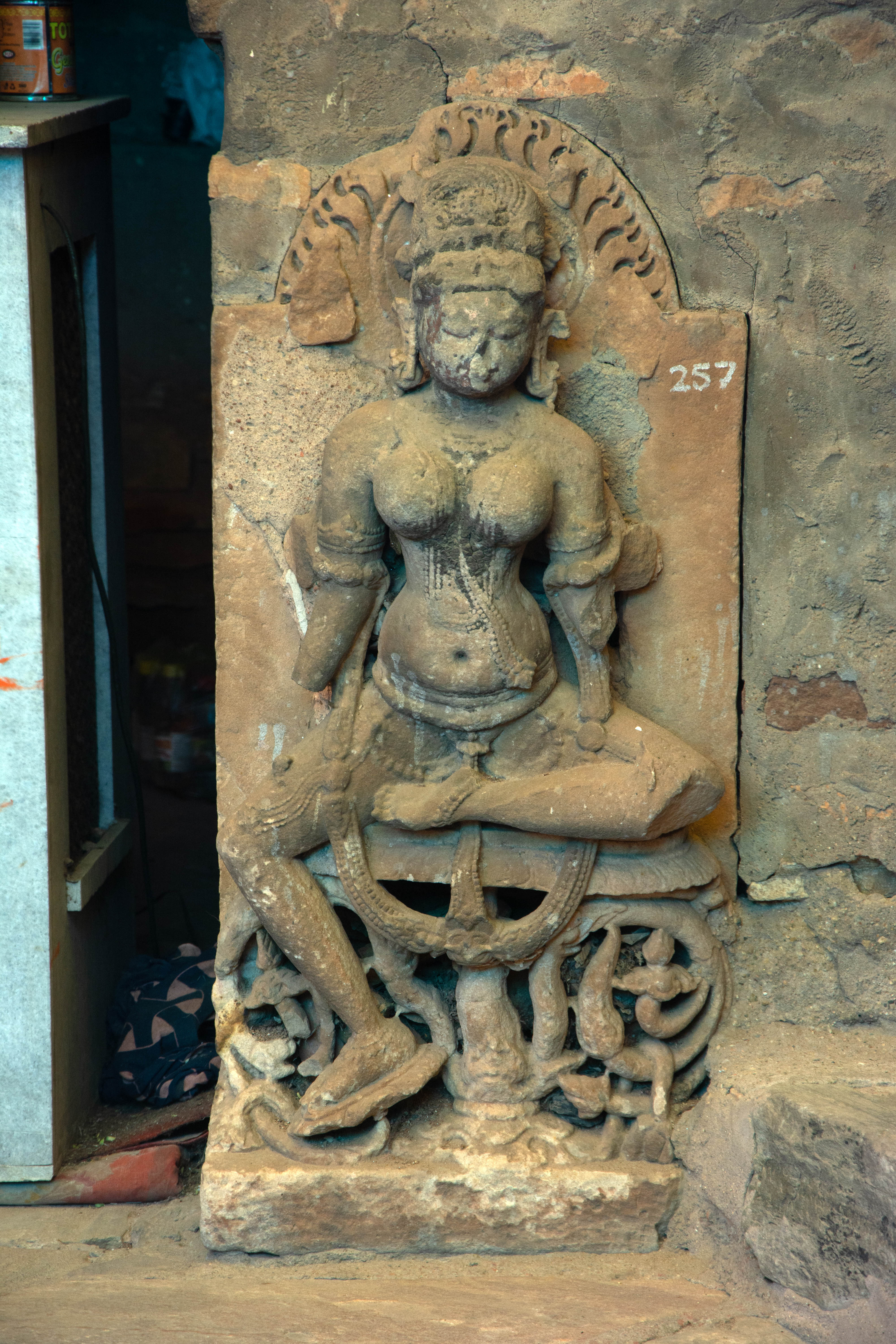

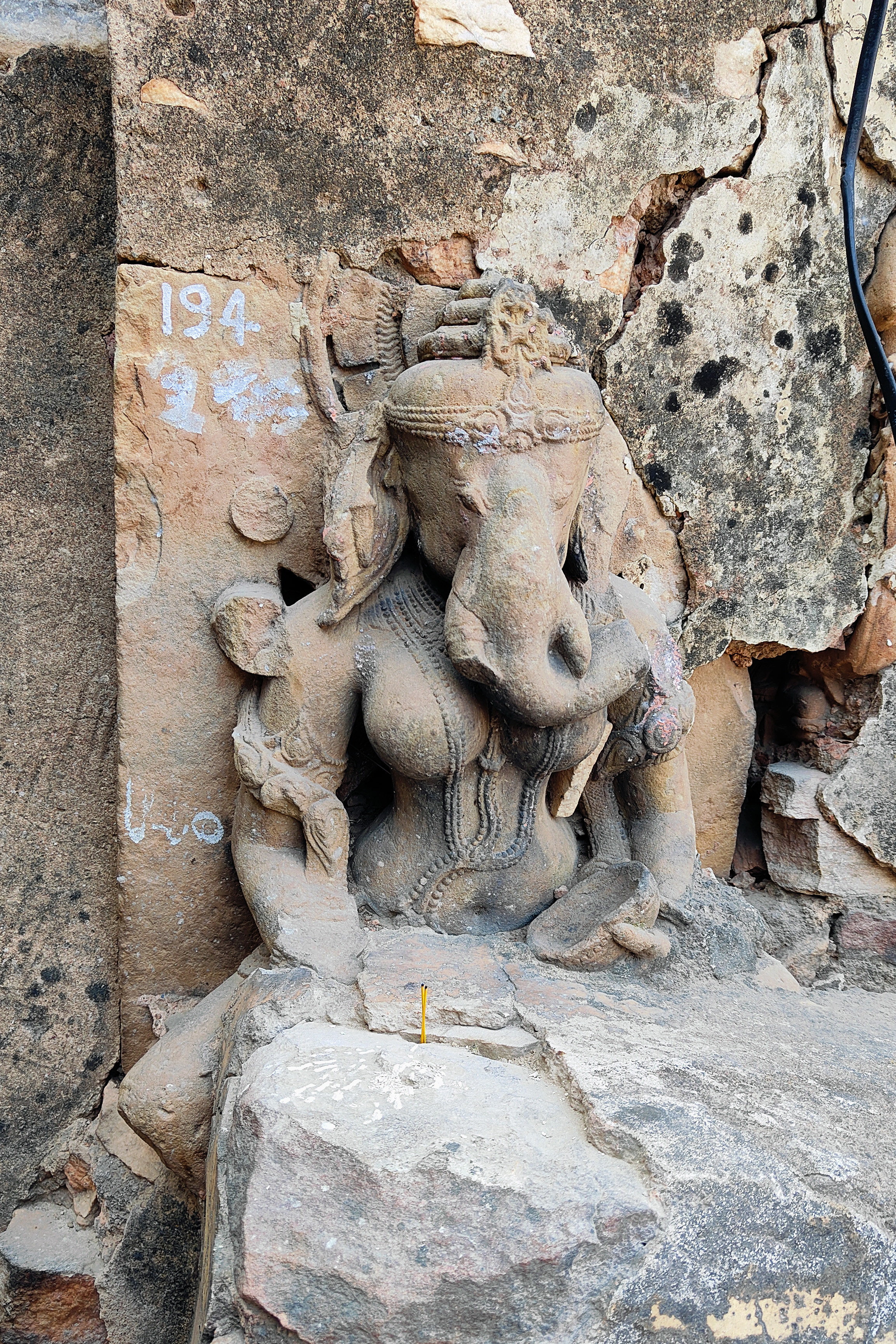
There is also a rare image of Vinayaki, the feminine aspect of Vinayaka or Ganesha (consort in some traditions). (Image 14) She is likely a tantric Shakti, suggesting a syncretic fusion of the Ganapatya and Shakta traditions. She is holding a cup in one of her hands, an attribute found in many of the Shaiva and Shakta images of the site that is associated with the tantric tradition. (Images 15) For instance, one interesting image of Shiva shows him holding a cup, or rather a skull, in his lower left hand while the fingers of his right hand dip towards the potion that it contains, often associated with experiencing the nectar of tantric bliss. Some tantric influences might have reached the site and could explain the presence of an unidentifiable enigmatic six-headed image, seemingly of Shaiva background, with four heads in the fierce form and two in the benevolent form. (Image 16)
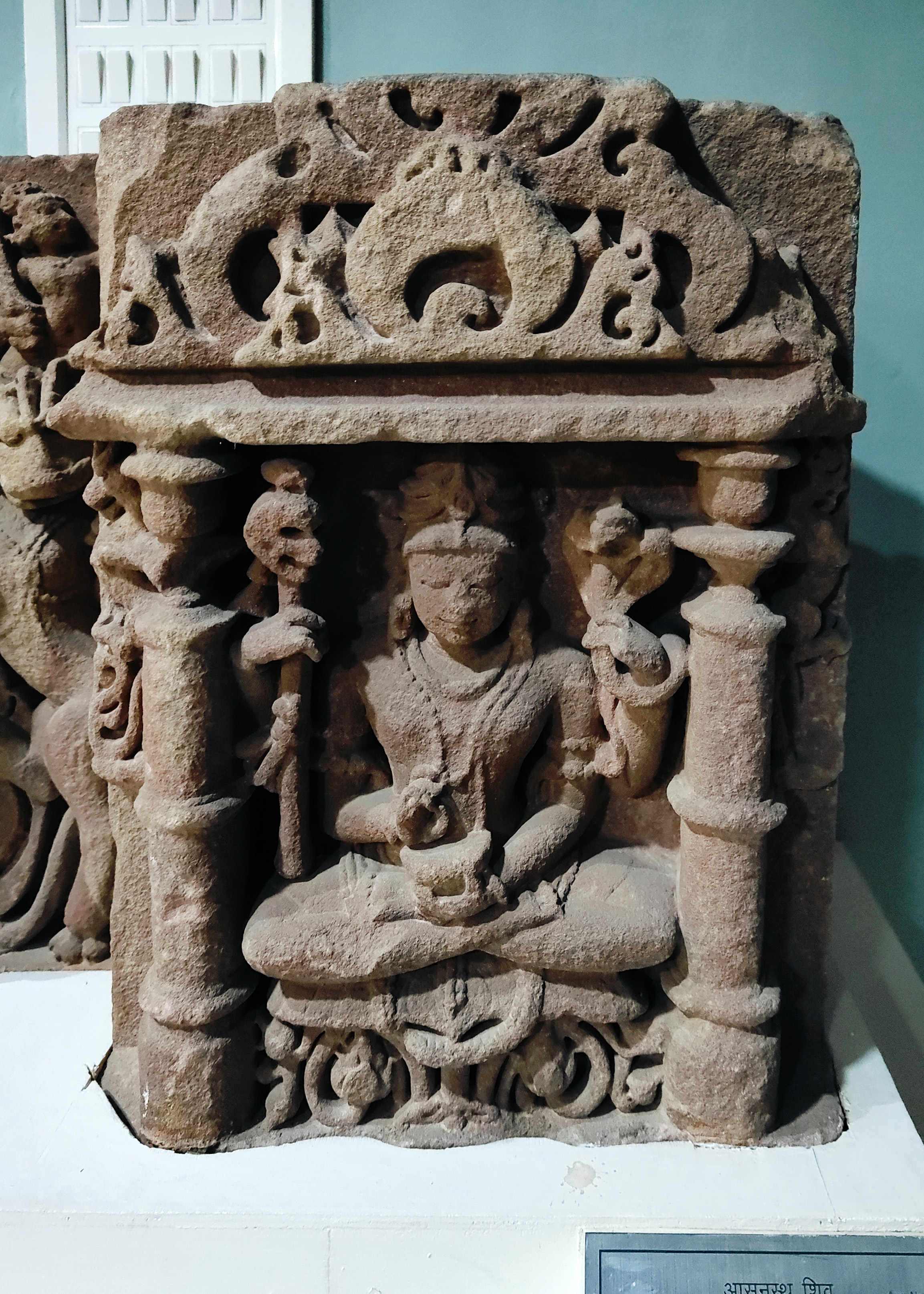
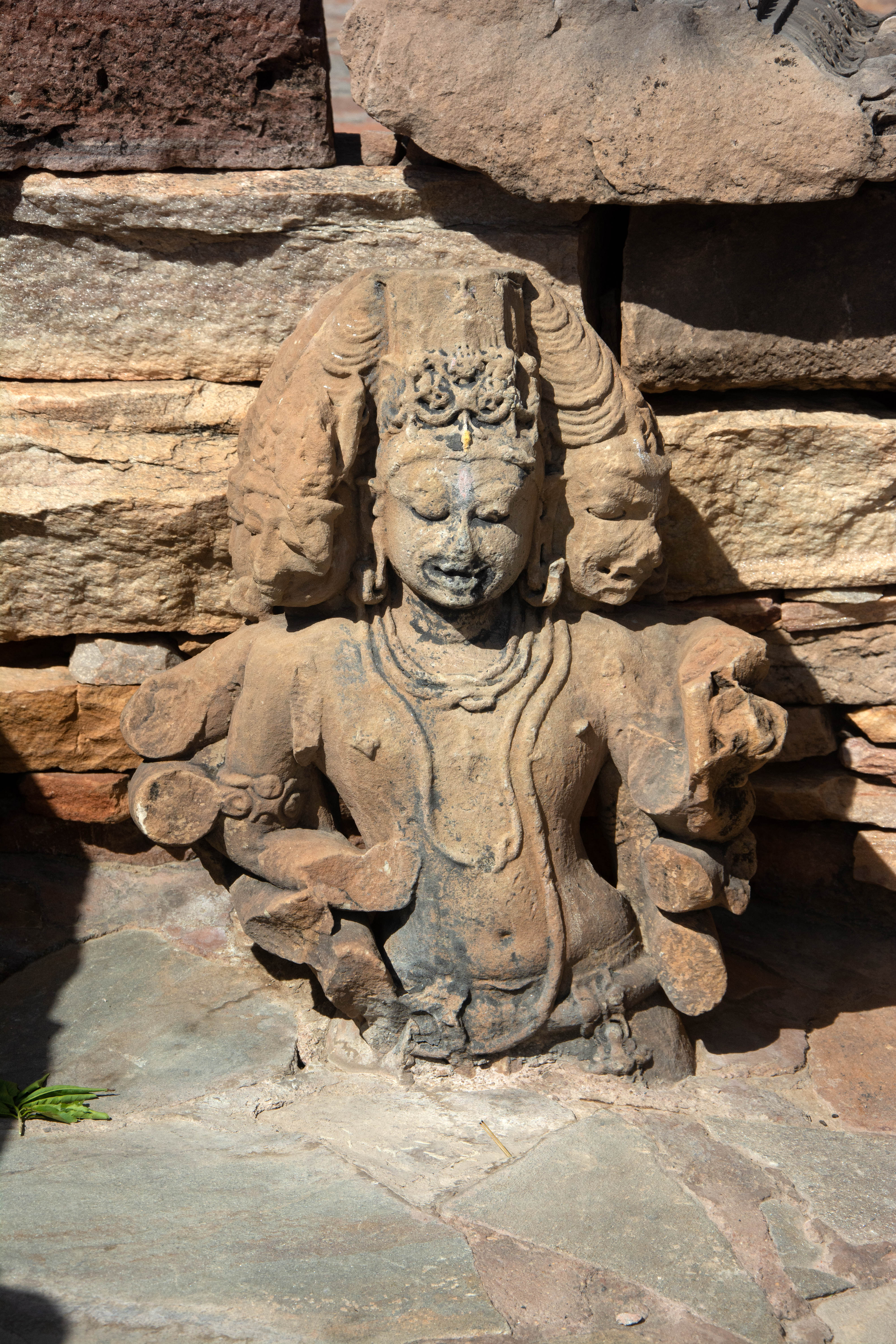
Despite being eluded in the epigraphical records, the archaeological remains confirm the presence of multiple Brahmanical traditions at the site. One of these traditions, the Surya cult, had one of the earliest sacral presences at the site before it emerged as the predominant Shaiva centre. The epigraph wholeheartedly praises Shaiva ascetics of the Lakulisa-Pashupata tradition, who controlled the site at least from the mid-10th century onwards. The site houses an ithyphallic image of Shiva (Urdhvareta) or Lakulisa, a preceptor of the Pashupata tradition's doctrine. (Image 17) Images of Shaiva ascetics worshipping the shivalinga adorn the pillars in the mandapa of the Harshnath Temple. The diverse Brahmanical traditions that once dotted the hill have lost many of their shrines to time. Even the Harshnath Temple is in utter ruins, but Shaiva devotion at the hill has continued. Devotees and pilgrims first visit the late medieval temple at the entrance of the complex, then the ruinous Harshnath Temple, still in worship as Pancha-mukhi Mahadeva (Image 18), and finally the shrine of Harsha Bhairon (Image 19), the site's present epicenter of Shaiva devotion and pilgrimage.
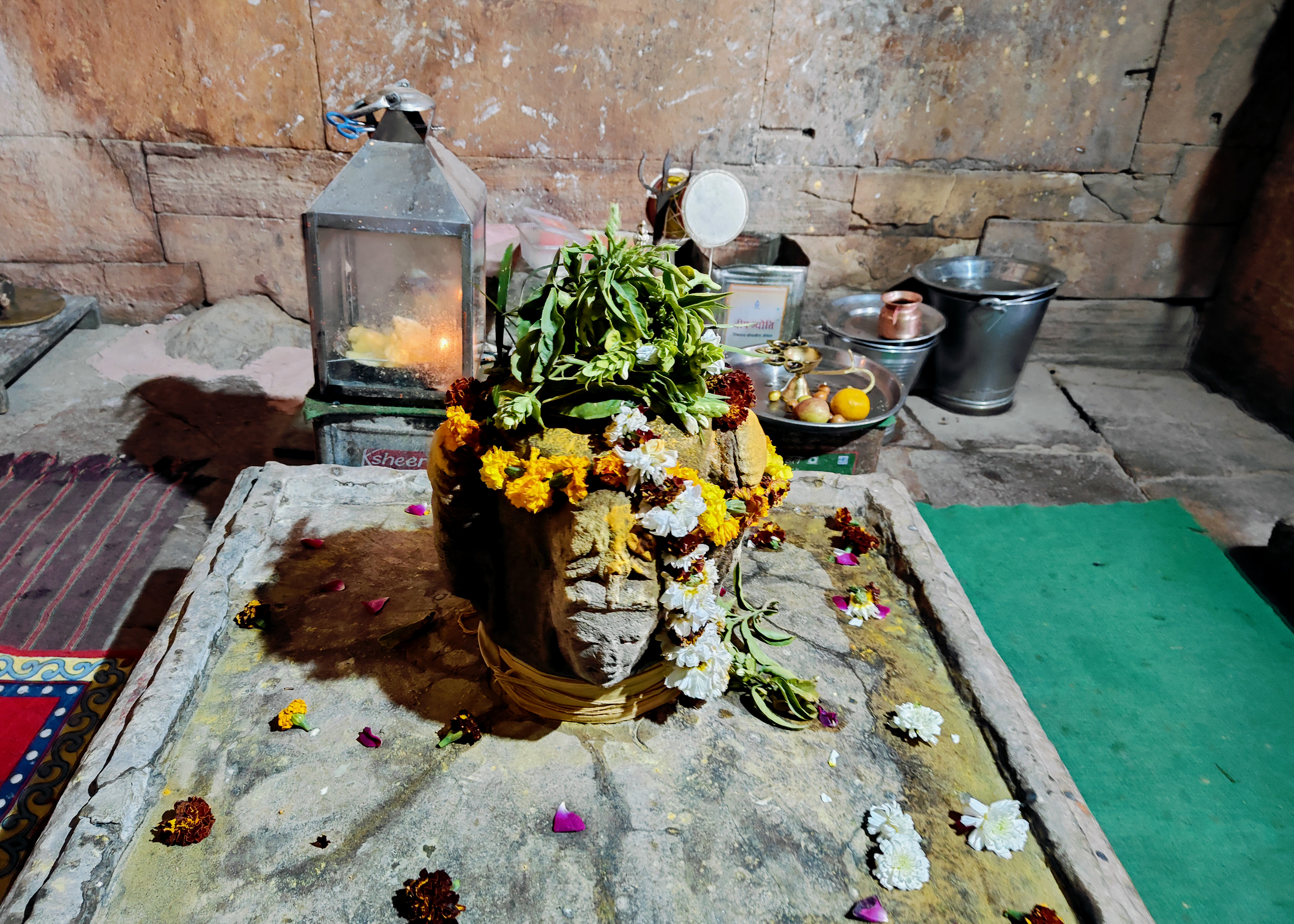
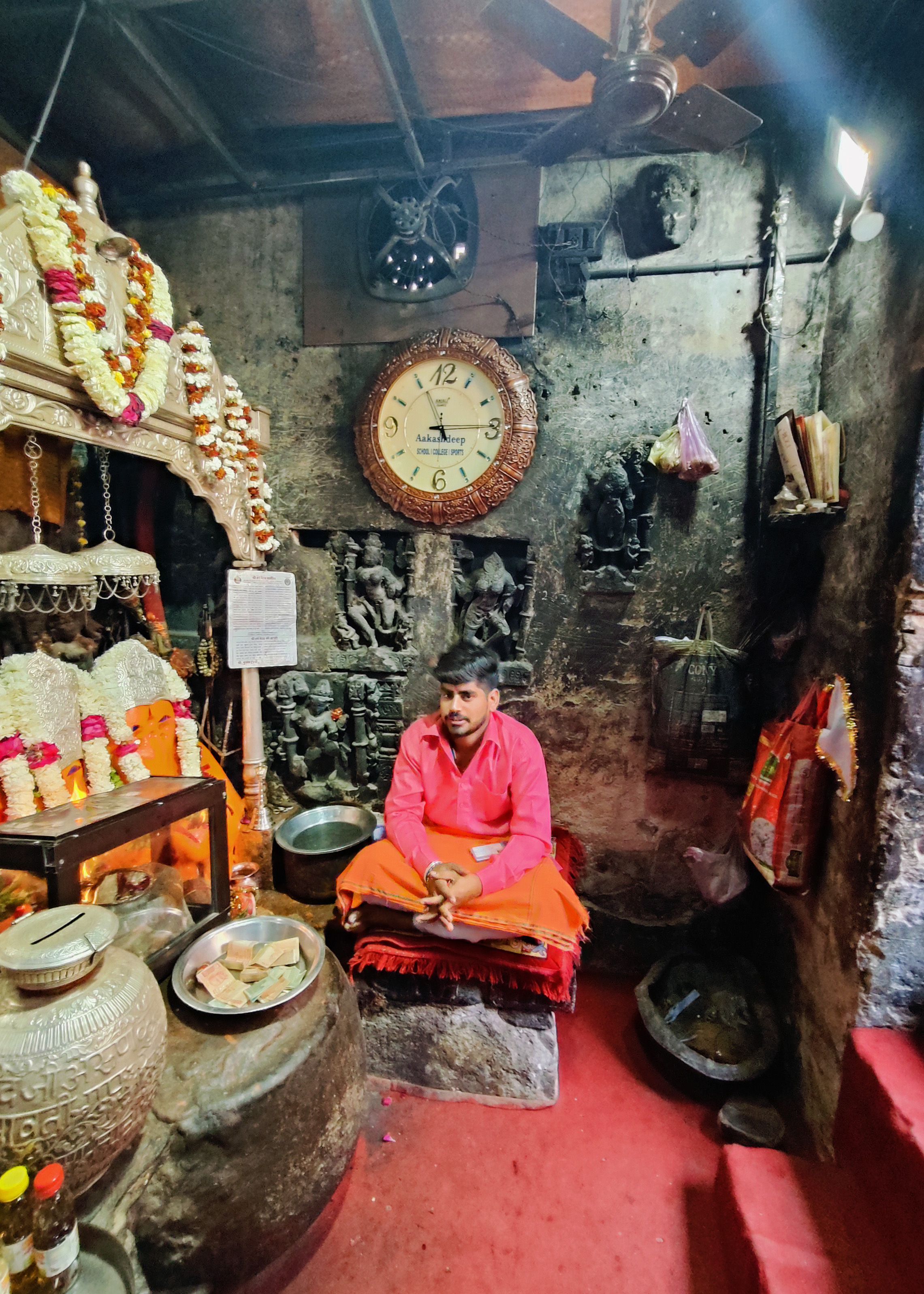
Footnotes:
[1] Bhandarkar, ‘Some unpublished inscriptions reconsidered,’ 57.
[2] Dhaky, Meister, and Deva, eds.,107.
[3] Cecil, ‘The Medieval Temple as Material Archive.’
[4] Dhaka, ‘A fresh light on architectural and sculptural art of Shiva temple at Mount Harsha,’ 379.
[5] Cecil, ‘The Medieval Temple as Material Archive.’
[6] Ibid.
[7] Agrawal, ‘Goddess Vikatā of Harshanath,’ 240.
[8] Pancharatra Vaishnavism is an ancient sect centered on the worship of Lord Vishnu/Narayana as the supreme entity and elucidates different aspects and manifestations of the divine, through the concept of vyuha or emanations and avatar or manifestations. Its rituals and devotional practices are outlined in a large corpus of Pancharatra texts.
Bibliography:
Agrawal, R. C. ‘Goddess Vikatā of Harshanath, Sikar.’ In Jignasa: Journal of History of ideas and culture Part-2. Edited by Vibha Upadhyaya. Jaipur: University of Rajasthan, 2011-2012.
Bhandarkar, D. R. ‘Some unpublished inscriptions reconsidered-Harsha stone inscription of Vigraharaja.’ In Indian Antiquary, No.42 (1913) 57-64.
Cecil, Elizabeth A. ‘The Medieval Temple as Material Archive: Historical Preservation and the Production of Knowledge at Mount Harsha.’ Archive Journal. 2017. https://www.archivejournal.net/essays/the-medieval-temple-as-material-archive/.
Dhaka, Ambika. ‘A fresh light on architectural and sculptural art of Shiva temple at Mount Harsha, Sikar.’ In Purā Jagat-J.P. Joshi Commemoration volume, edited by C Mangarbandhu, A.K. Sharma, B.R. Mani, G.S. Khwaja, 370–380. Delhi, 2001.
Dhaky, M. A, Michael Meister, and Krishna Deva, eds. Encyclopedia of Indian Temple Architecture North India: Period of Early Maturity c. AD 700-900. Vol. 2 Part 2. Princeton, NJ: Princeton University Press, 1991.
